
Benefits of the Cadillac and Tower
Joseph Pilates is well known as the inventor of a system of exercise that bears his name. What is less well known is that in addition to his physical prowess and creativity, he was also a skilled inventor of exercise equipment. While the Mat work and the Reformer are the most familiar of the Pilates repertoire, Pilates created an entire suite of apparatuses as well as smaller handheld devices during his lifetime (1883-1967). Today, seemingly every shopping center boasts a studio offering group Reformer workouts. In this article, we’ll discuss two of Pilates’ less well-known but equally life-changing apparatuses, the Cadillac and the Tower.
What is the history of the Cadillac and Tower?
Named for the American automobile brand that represented “the best of everything” during the 1950s and 60s, the Cadillac is the largest of the Pilates apparatuses. It resembles a four-poster twin bed, raised off the floor and outfitted with a variety of metal eyelets, springs, a wooden grab bar, and even something called a “Trapeze” attachment. The Cadillac is extremely versatile: the repertoire is performed lying down, both prone and supine, seated, kneeling, and standing. The Tower unit is basically a scaled-down Cadillac with fewer bells and whistles. The word Tower refers to the vertical supports of the Cadillac, in this case, two upright rails against a wall. These rails have a series of metal eyelets running up and down their length, to which the various springs, bars, and loops are attached. Tower work is performed on an integrated raised Mat that sits right on the floor, making it a more cost-effective option for studios with limited space and budgets.
What makes these different than the Reformer?
Unlike the Reformer, which moves back and forth on metal rails, both the Cadillac and the Tower remain stationary. Positioned on the integrated Mat, the client holds either handles or the grab bar attached to springs of varying tension (light or heavy). The client can also place their feet inside loops that attach to springs to work the lower body. The stable base of the Cadillac or Tower makes them less intimidating than the Reformer with its moving parts. In fact, these two apparatuses are ideal for beginning students as well as those who are recovering from injuries. There’s very little pressure on the joints because your body weight is supported by the Mat portion of the apparatus. In addition, the ideal range of motion in the Cadillac and Tower exercises is moderate so as not to over-stretch the joints. Many of the exercises are performed in a seated position or lying down face up, which is grounding both physically and mentally, a plus for those who get dizzy or have a fear of heights. There’s something almost mesmerizing about watching the movement of the springs, but at the same time feeling safe and supported by the apparatus.
Like the Reformer, the springs of the Cadillac and Tower provide resistance that can change bodies quickly. So if you’re looking for appealing visual changes as well as delicious feeling exercises, the Cadillac and Tower are for you. The exercises are challenging, you will feel them! Like all Pilates repertoire, they can become harder, not easier, over time as you become more familiar with the subtleties of the exercises and more adept at recognizing your own body’s habits.
Do I need to have the apparatus to do Pilates?
You don’t need to be familiar with Pilates to use the apparatus, especially the Tower and Cadillac. Contrary to popular opinion, the Mat exercises are not the Pilates version of training wheels on a bicycle. In fact, some instructors will put a new client on the Cadillac (or Tower) at the start of their very first session. The Cadillac is particularly well-suited for older or injured clients because its height from the floor means that the client doesn’t have to get down on the floor, something that might not be easy for everyone. It’s kinder to the instructor’s body, too, since she doesn’t have to bend down over her client.
Benefits of the Pilates Cadillac and Tower
All of the Pilates apparatuses are designed to work together in synergy. Many of the exercises are the same, at least in principle, no matter where in the studio they are done. Doing the Hundred on the Mat is a great way to learn the exercise: the body is supported on the Mat, and there are no moving parts. Once the mechanics are in hand, however, it’s great to up-level the challenge by adding the handles and springs of the Cadillac/Tower set-up to add resistance. The same is true of the reverse: having done the Hundred on the Cadillac/Tower, it’s easier to imagine the resistance even when the springs are taken out of the equation in the Mat work! The same is true of the Leg Circles performed with and without springs and straps. The springs and straps add more resistance, but the Mat version (Single Leg Circles) takes control and concentration: the springs aren’t there to support your leg in the air. The springs and straps have a knack for letting the body know which muscles to engage. This body knowledge then becomes second nature in the Mat work, making it richer and more challenging. In this way, the apparatuses are engaged in a dance with one another, with each one illuminating something different about the exercises.
While the Reformer might get more love from adrenaline junkies and the Mat work from the inner ballerina in all of us, the Cadillac and Tower deserve their share of Pilates love, too. Exquisitely adaptable, fiendishly clever, these apparatuses reward the curious with movements that feel amazing. There’s nothing like a slow, luxurious Roll Back to banish back tension after a long day, or the Push Thru exercise to get the shoulders to descend from around the ears. That these exercises strengthen and lengthen the muscles as they soothe our bodies and minds is just more proof of Joseph Pilates’ genius.
Comments
No comments yet. Be the first!

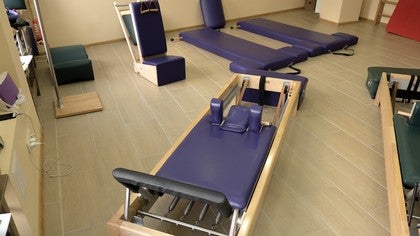
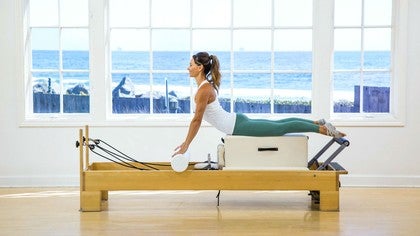
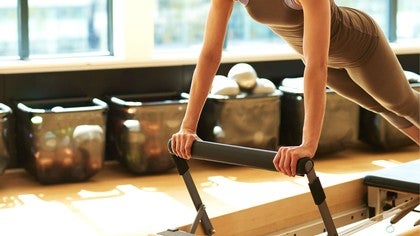

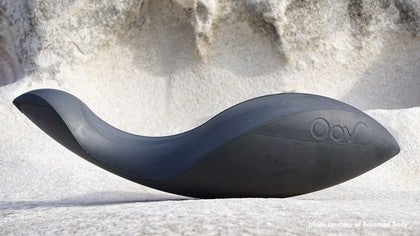

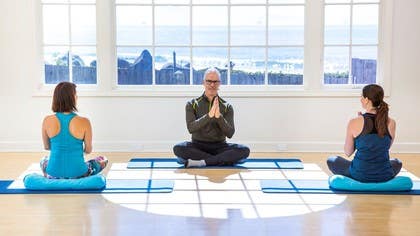
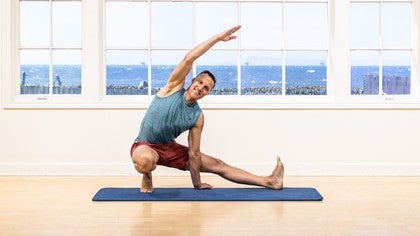
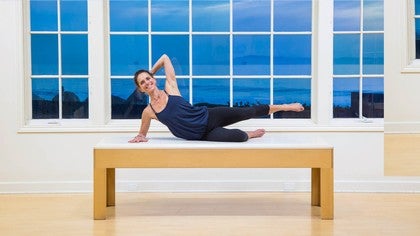
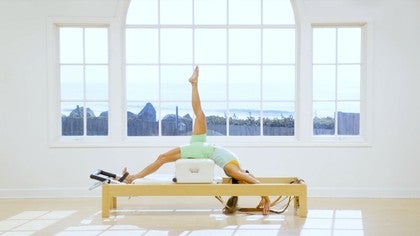


You need to be a subscriber to post a comment.
Please Log In or Create an Account to start your free trial.